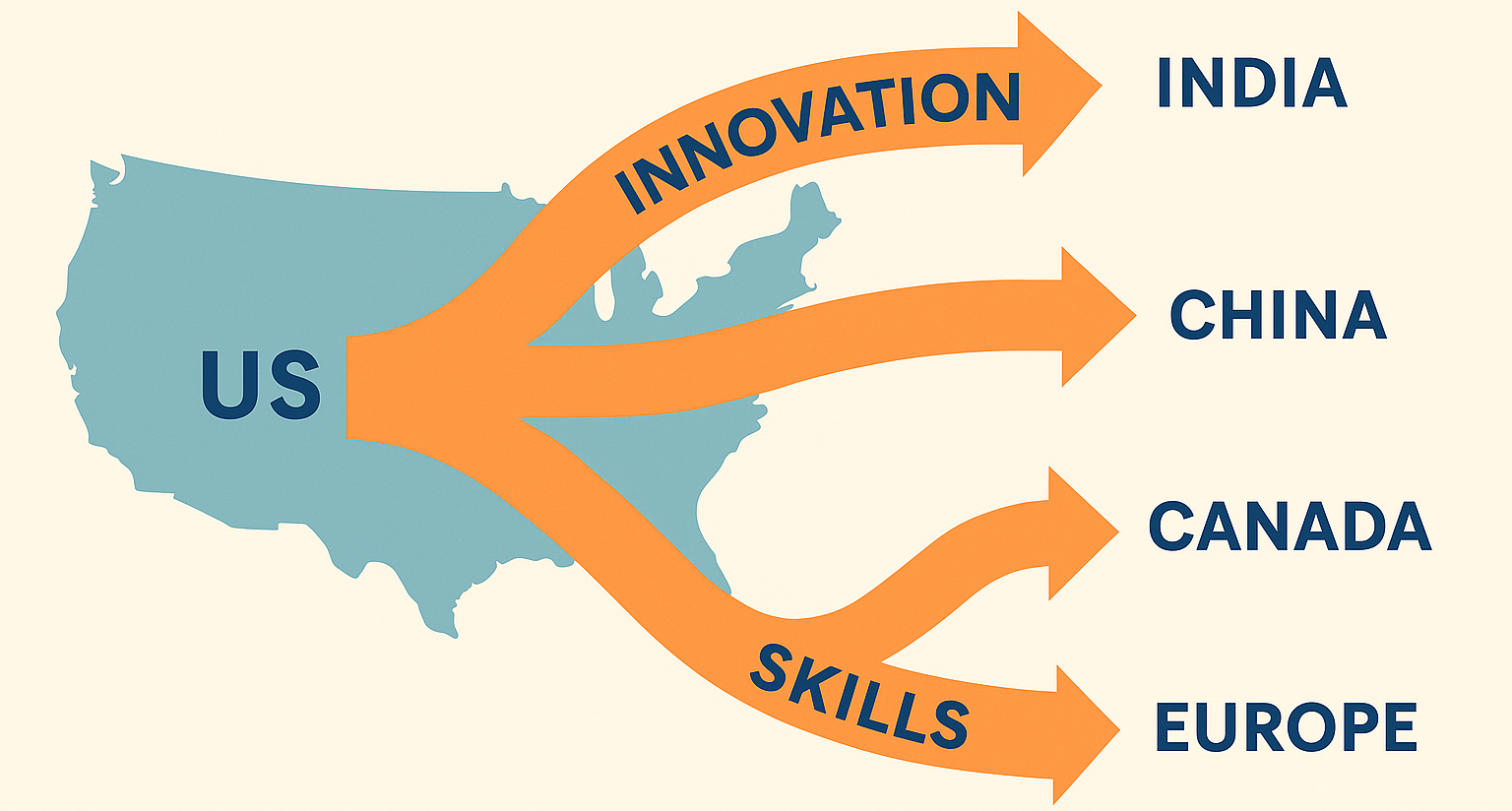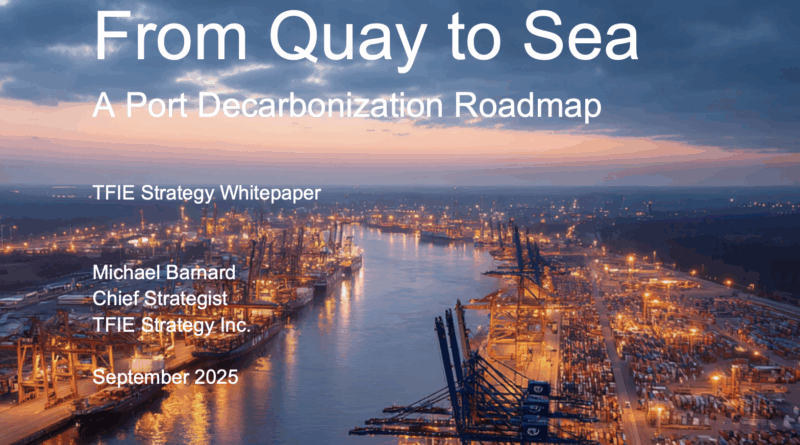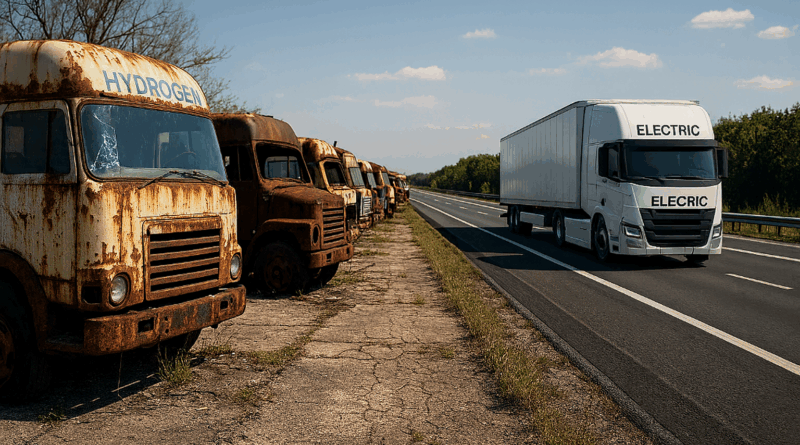The $100,000 Mistake: Why H1-B Barriers and Policy Rollbacks Shrink America’s Future
For most of the past half century, the H1-B visa program has been a conduit for global talent into the American economy. It has not been a minor contribution but a central driver of U.S. leadership in high technology. Scratch most successful firms of the last 50 years, and H1-B … [continued]










